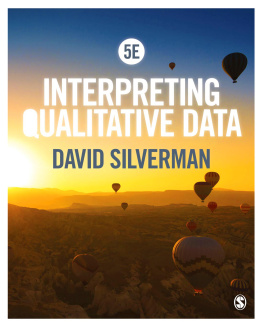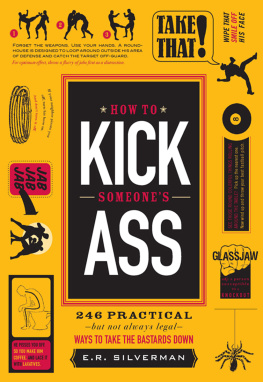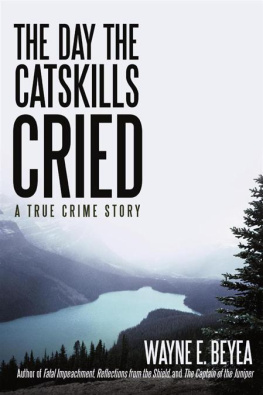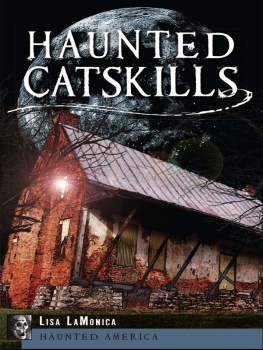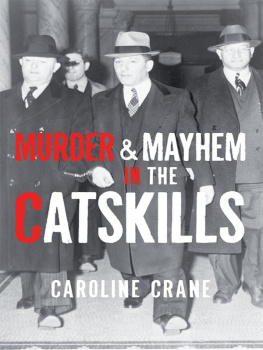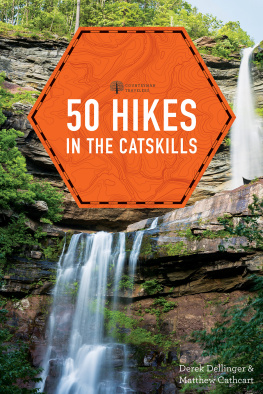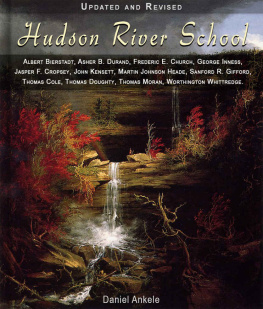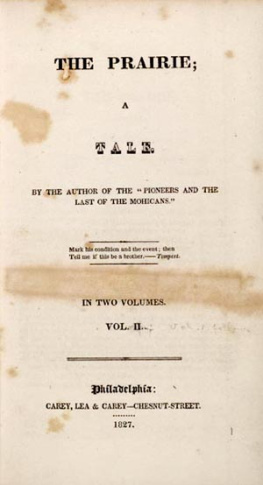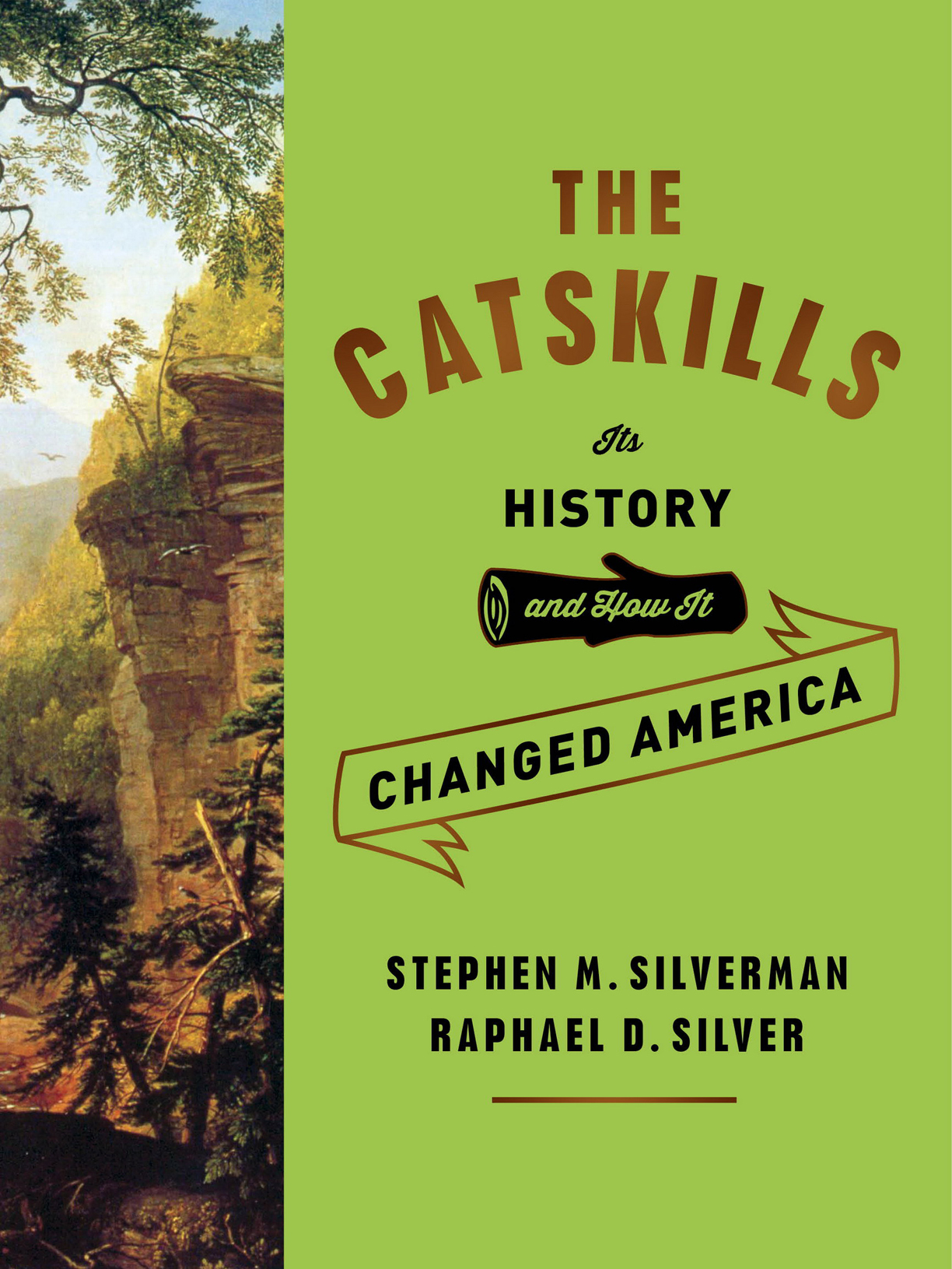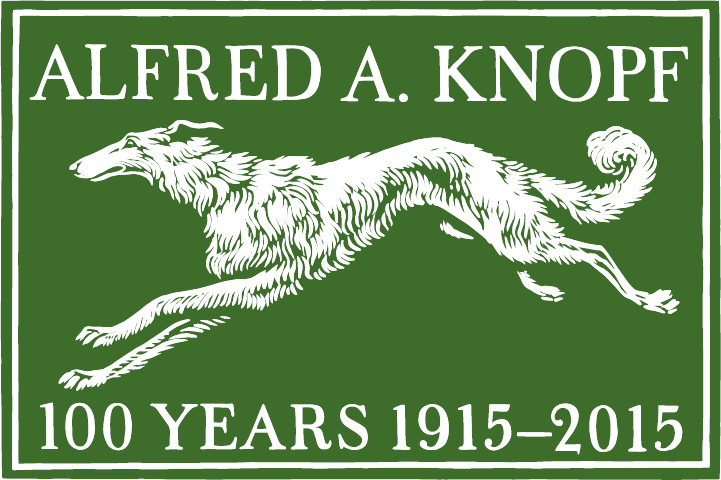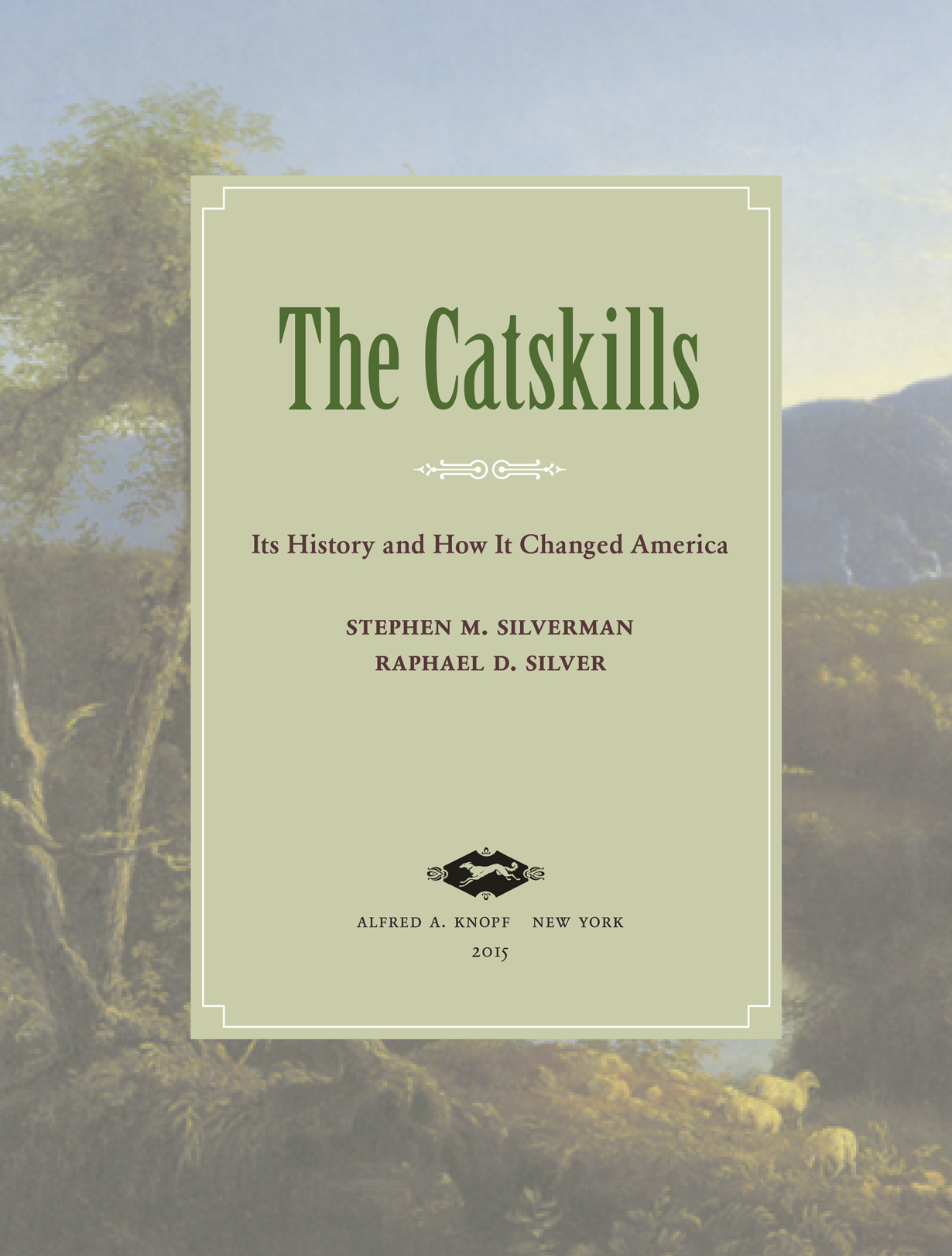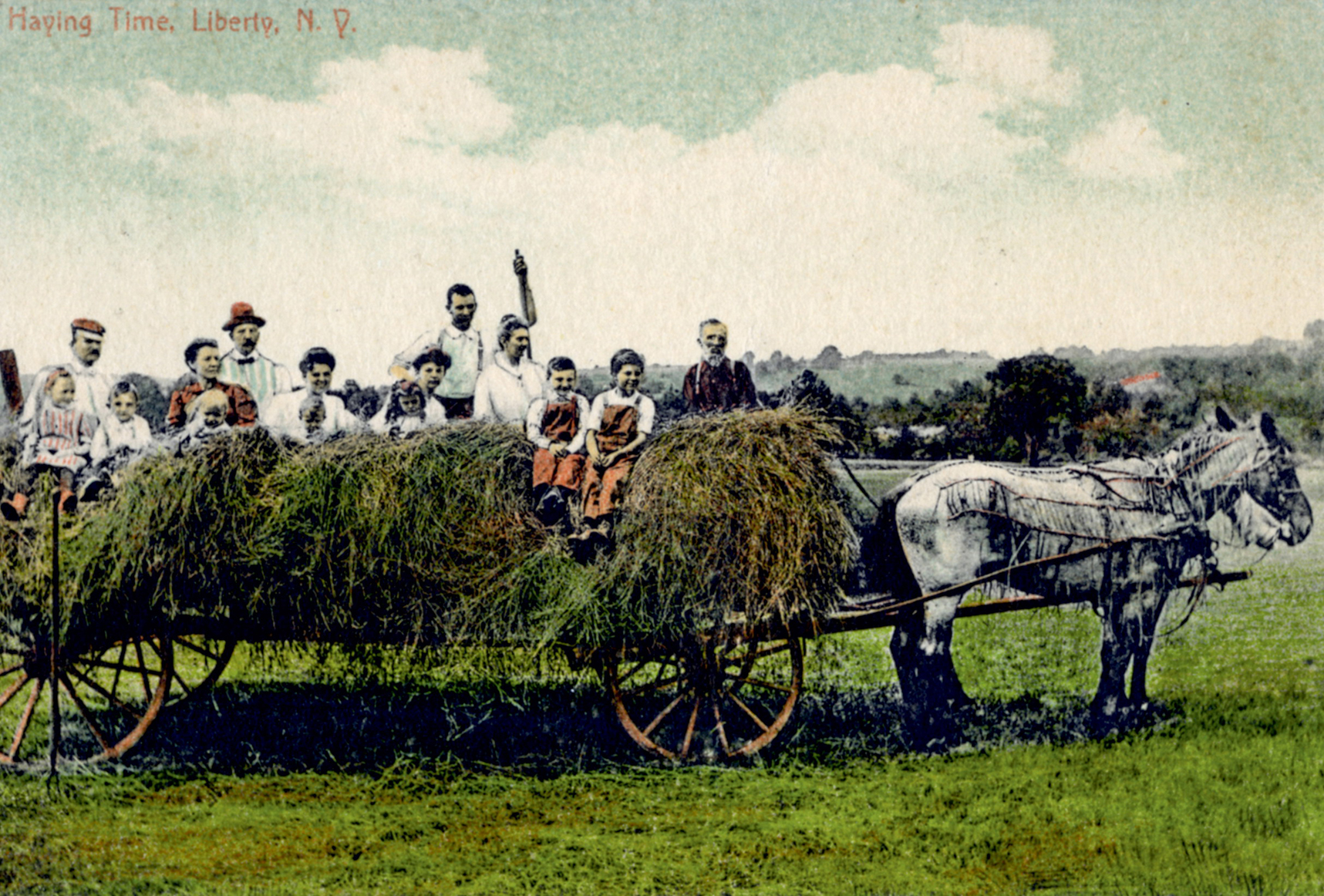Contents
ALSO BY STEPHEN M. SILVERMAN
BOOKS
Public Spectacles
The Fox That Got Away:
The Last Days of the Zanuck Dynasty at Twentieth Century-Fox
David Lean
Dancing on the Ceiling:
Stanley Donen and His Movies
Where Theres a Will:
Who Inherited What and Why; The Last Wills and Testaments of the Rich and Renowned
The Last Remaining Seats:
Movie Palaces of Tinseltown
Funny Ladies:
One Hundred Years of Great Comediennes
Movie Mutts:
Hollywood Goes to the Dogs
Envy, Anger & Sweet Revenge:
Hey, It Works in Hollywood!
Divas! The Fabulous Photography of Kenn Duncan
TELEPLAY
Hot on the Trail:
The Search for Love and Romance in the Old West
THIS IS A BORZOI BOOK
PUBLISHED BY ALFRED A. KNOPF
Copyright 2015 by Stephen M. Silverman and Joan Micklin Silver
All rights reserved. Published in the United States by Alfred A. Knopf, a division of Penguin Random House LLC, New York, and distributed in Canada by Random House of Canada, a division of Penguin Random House Ltd., Toronto.
www.aaknopf.com
Knopf, Borzoi Books, and the colophon are registered trademarks of Penguin Random House LLC.
Library of Congress Cataloging-in-Publication Data
Silverman, Stephen M.
The Catskills : its history and how it changed America / Stephen M. Silverman and Raphael D. Silver.First edition.
pages cm
Includes bibliographical references and index.
ISBN 978-0-307-27215-7 (hardcover : alk. paper) ISBN 978-1-101-87588-9 (eBook)
1. Catskill Mountains (N.Y.)History. 2. Catskill Mountains Region (N.Y.)History. 3. Catskill Mountains (N.Y.)Social life and customs. 4. Catskill Mountains Region (N.Y.)Social life and customs. I. Silver, Raphael D. II. Title.
974.738dc23 F 127. C 3S55 2015 2014039675
eBook ISBN9781101875889
Cover image: Kindred Spirits by Asher Durand, 1849 (detail) Fine Art/Alamy
Cover design by Kelly Blair
v4.1_r2
a
From Stephen, to Victoria Wilson
Contents


Introduction
As best as can be determined, the first book ever published about the Catskills was a slim volume devoted entirely to a 1753 expedition into researching the plant life of upstate New York, although valuable light was also shed on these early explorers accommodations: 7 or 8 of usin ye hut hardly big enough for A hen roost.
Since then, the Catskills have inspired any number of books, articles, websites, television stories, and movies, not to mention far better places to bunk. These accounts have run the gamut from general fishing and camping guides, to obscure academic treatises, to nostalgia-rich compendiums about the glory days of the Sullivan, Orange, and Ulster County summer resorts. No less glorious was local historian Alf Everss encyclopedic The Catskills: From Wilderness to Woodstock, first published in 1972 and still the go-to resource for regional lore.
What is presented here, beyond an abiding appreciation for those writers and adventurers who blazed the first trails, is an effort to capture a sense of the color, charm, and even lunacy that for the past four hundred years have characterized the Catskill Mountains and the people attracted to them. At the same time, attention must be paid to how these individuals also managed to place their stamp on America, and how impossible it often was for them to exist anywhere else but in the Catskills. Among the earliest, Henry Hudson arrived purely by accident, only to make the foolish mistake of moving on. Others, chiefly Prohibition-era mob figures famous enough to be remembered by their nicknames (Waxey, Lucky, Legs, Dutch), literally got there by hook or crook, conspiratorially aware of how the remoteness of the terrain protected them. And others still, among them businessman manqu Selig Grossinger, wandered into the woods wishing nothing more than to become simple farmers, only to find themselves (in Seligs case, by necessity) evolving into the standard-bearers for the world-class American hospitality industry.
Besides providing a perfect hideaway as well as an incubator for new ideas, the Catskills offered an abundance of remarkable and marketable resources: bluestone for the early nations sidewalks, forests for the materials to process the worlds leather supply, and lakes and streams to quench the water demands of New York Citypossibly even a repository for the natural gas supply that could power the nation. The pioneers who helped exploit the areas assets ranged from the put-upon quarry Irish, to the miserly leather tanner Winthrop Watson Gilman, to Aaron Burr, whose double-dealing first forced New York City to tap the Catskills for its H2O, something more than eight million people continue to do to this very day.
The first Christmas trees ever sold in the United States are attributed to a Catskill village farmer named Mark Carr. About two weeks before Christmas in 1851, The New York Times reported, Carr, whose crops had failed, took his axe to some firs and spruces and drew two large shed-loads of these trees to the river with his oxen, and started with them to the Metropolis. Renting space at what is now the TriBeCa corner of Greenwich and Vesey Streets, the jolly woodmanfound buyers at good prices for what the newspaper termed his mountain novelties.
By then, the Catskills had achieved practical recognition as an American brand. Credit here belonged to the publicity generated by the formidable reputation of the Catskill Mountain House, the first such facility of its kind, and the romantic Catskills landscapes conceptualized by the painters of the Hudson River School, the nations first art movement. The earliest American folk heroes were also firmly rooted in the Catskills: the somnolent Rip Van Winkle and the indefatigable Natty Bumppo.
The Catskills boasted nonfiction heroes too. As the British noose tightened around New York City in 1776, General Washingtons orders to evacuate ultimately delivered the state Constitutional Congress to the Ulster County town of Kingstoncausing the redcoats to view the new capital as so traitorous that they burned it to the ground. Another virulent act of rebellion, the Anti-Rent War of the 1840s, conclusively extricated Catskills tenant farmers from the stranglehold of their dictatorial landlords and redefined the principles of land ownership in America. It also gave birth to the Free Soil Party and the later Republican Party.


